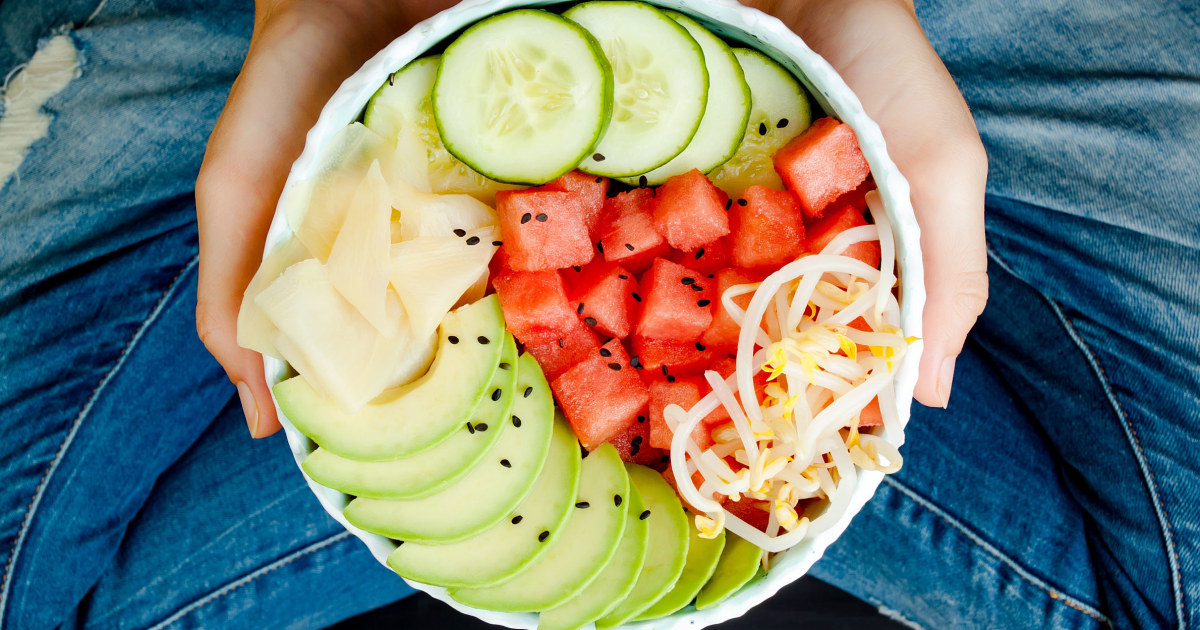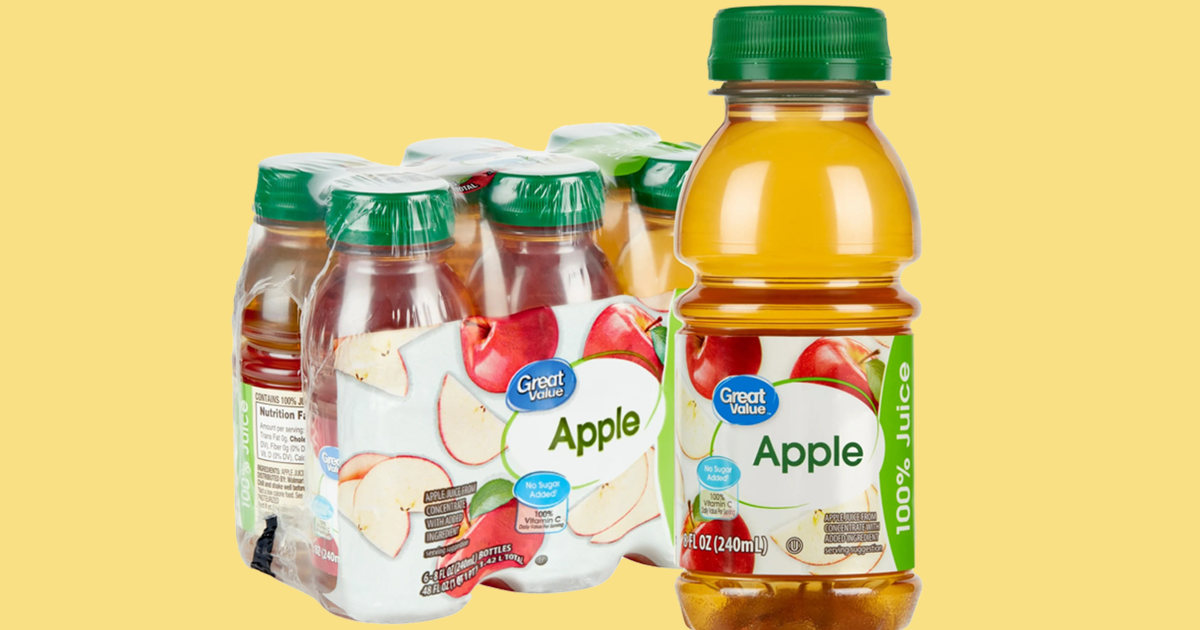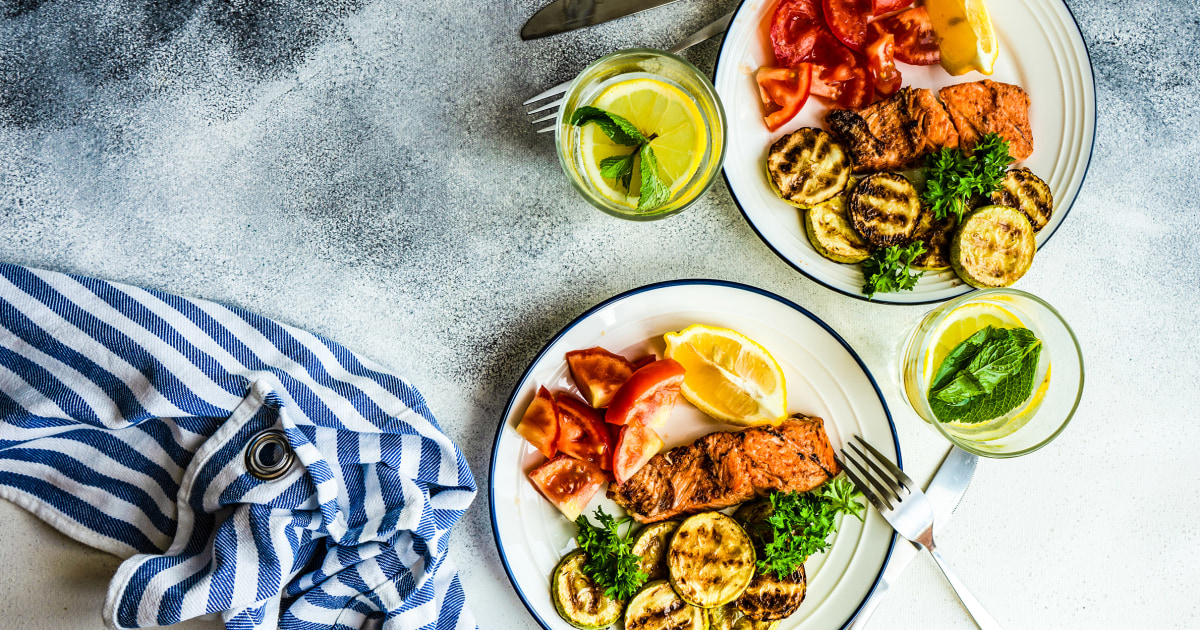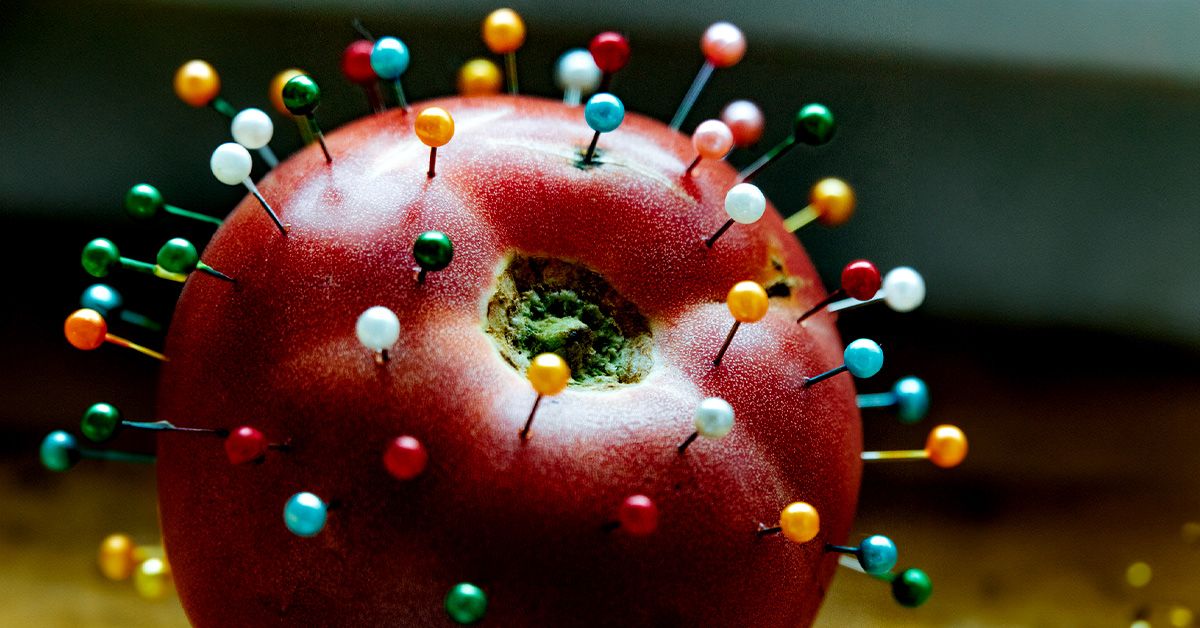The Pegan diet is a hybrid of two popular diets: Paleo and vegan. Dr. Mark Hyman, a functional medicine physician, coined the term “Pegan” to describe a dietary approach that emphasizes whole, unprocessed foods while being flexible enough to include certain sustainably-raised or grass-fed animal foods. The diet comprises mainly plant foods with small amounts of high-quality animal proteins.
What foods can you eat on the Pegan diet?
The Pegan diet encourages a plant-based foundation, with about 75% of your plate being filled with mostly vegetables and fruits in moderation. The other 25% comes from high-quality animal proteins, fats, and some grains and legumes. In addition to the foods listed below, you may have coffee on the Pegan diet, but sugar, artificial sweeteners and dairy milk aren’t permitted as coffee add-ins.
Vegetables and fruits
Colorful produce is the cornerstone of the Pegan diet. Non-starchy vegetables like leafy greens, broccoli, cauliflower and peppers are highly encouraged, while whole fruits and starchy vegetables, like sweet potatoes, are permitted in moderation (up to ½ cup per day for starchy veggies). Hyman recommends choosing deeper-colored produce and varying the fruits and veggies you eat.
Healthy fats
You can enjoy avocados, nuts, seeds and olive oil on the Pegan diet. The diet also allows for saturated fats from coconut oil and sustainably raised or grass-fed animals, however, other experts have questioned the healthfulness of fats from these sources.
Animal proteins
Unlike the vegan diet, the Pegan diet provides high-quality, sustainably sourced animal products. This includes grass-fed meats, pasture-raised poultry and low-mercury fish. You can also eat eggs — a budget-friendly source of high-quality protein and essential nutrients.
Grains and legumes
While the Paleo diet generally excludes grains and legumes, the Pegan diet allows for small amounts of gluten-free grains like quinoa, as well as legumes, provided they’re well-tolerated.
What can’t you eat on the Pegan diet?
While the Pegan diet liberalizes the vegan diet, it’s still plenty restrictive. Here are the types of foods you’ll avoid on the Pegan diet.
Highly processed foods
This broad category includes anything heavily processed, including refined sugars, oils and grains, as well as anything made from them, including most packaged snacks, pizza, fast food and more.
Dairy
The Pegan diet largely excludes dairy, but if you can tolerate them, you may occasionally have organic, grass-fed yogurt, kefir, butter, ghee and cheese. Small amounts of goat or sheep’s milk products are recommended over cow’s milk dairy foods, but even so, it’s suggested to only eat these foods from time to time.
Gluten
Gluten-containing grains like wheat, barley and rye are avoided due to their potential role in gut inflammation.
Refined oils
Seed oils, such as canola or soybean oil, are prohibited due to their high omega-6 fatty acid content. These types of oils are often the primary fats in processed foods, including salad dressings and hummus, so even if you aren’t cooking with them, you’re likely to encounter them in convenience foods.
What are the benefits of the Pegan diet?
The Pegan diet’s emphasis on whole, unprocessed foods is associated with numerous health benefits. For instance, by emphasizing vegetables and other plant foods (such as nuts as well as some fruits, beans and gluten-free whole grains), the diet can help you meet fiber and essential nutrient needs.
Many of these foods are also rich in antioxidants and anti-inflammatory compounds, and these types of substances help protect you against the initiation and progression of various diseases, including mood disorders (such as depression and anxiety), neurodegenerative conditions, heart disease, stroke, certain forms of cancer and type 2 diabetes.
Beyond that, the diet’s emphasis on low glycemic load may help manage blood sugar levels, potentially helping those with insulin resistance or diabetes.
I also appreciate the diet’s emphasis on sustainably produced animal products since these shifts in our eating habits can benefit the environment. Animal foods are eaten much less frequently than plant foods, taking up just a quarter of your plate. This can help control the costs of these foods, though grass-fed and organic animal foods are more expensive than their conventional counterpart, which, realistically, may be an issue for people.
Finally, the Pegan diet’s approach allows for more flexibility than a vegan diet as it doesn’t entirely exclude animal foods. That may make the diet appealing to people since it’s easier for omnivores to practice compared to a strict vegan diet.
What are the risks of the Pegan diet?
While the Pegan diet offers some benefits, particularly tied to the emphasis on vegetables and other plant foods, there are also some downsides to consider. For example, the diet restricts many whole foods, including dairy and some whole grains, and this can make it feel challenging to follow if you’re fond of these foods. Plus, getting certain nutrients, like calcium, will be hard if you’re limiting these foods.
There’s a lot of quality evidence suggesting that many of these restricted foods, such as yogurt, whole grains and beans, have health benefits, so limiting them to the degree suggested on the Pegan diet is unnecessary. In fact, these foods are an integral part of the Mediterranean diet, which is often touted as the healthiest diet pattern.
There are also practical challenges with the diet. For example, the emphasis on organic and sustainably raised food can significantly impact your food budget, which may be unrealistic for you. Your priority should be aiming to eat 75% plant foods, including mostly non-starchy veggies, whether or not they’re organic. If your budget allows, choose organic versions of these foods.
That goes for animal foods, too. If grass-fed and sustainably raised animal foods don’t fit within your budget, choose the highest quality options you can reasonably afford. For instance, chicken raised without antibiotics offers some of the benefits of organic chicken at a more affordable price.
Meanwhile, a top concern I have with this and other diets is that the extensive “foods to avoid” list can make dining out or social eating difficult, potentially leading to feelings of isolation or stress around food choices. Just think: What happens when you’re at a friend’s house, and they’re serving pasta, or when your office orders pizza? When foods are off-limits, it doesn’t teach you how to include them in your diet in a healthy way.
Finally, the allowance of certain saturated fats, such as ghee, coconut oil and fats from animal proteins, might not be suitable for everyone, particularly those with certain health conditions like heart disease.
Is the Pegan diet healthy?
The Pegan diet offers a blend of Paleo and vegan principles, providing a framework that prioritizes whole, nutrient-dense plant foods while allowing for more flexibility than a typical vegan diet. There are certainly benefits to emphasizing whole foods, particularly plant foods, however, the diet also restricts many nutritious whole foods, including plant-based eats like beans and certain whole grains, that are integral to a healthy diet.
While the Pegan diet can be a healthy choice for some people, it’s not the right fit for everyone. If food restrictions make you more conscious of what you can’t eat, or if the diet doesn’t align with your food budget, seek another more inclusive eating pattern. It’s always a good idea to consult a registered dietitian who can help you develop a sustainable eating pattern that fits within your lifestyle, budget and food preferences.
Read the full article here


















